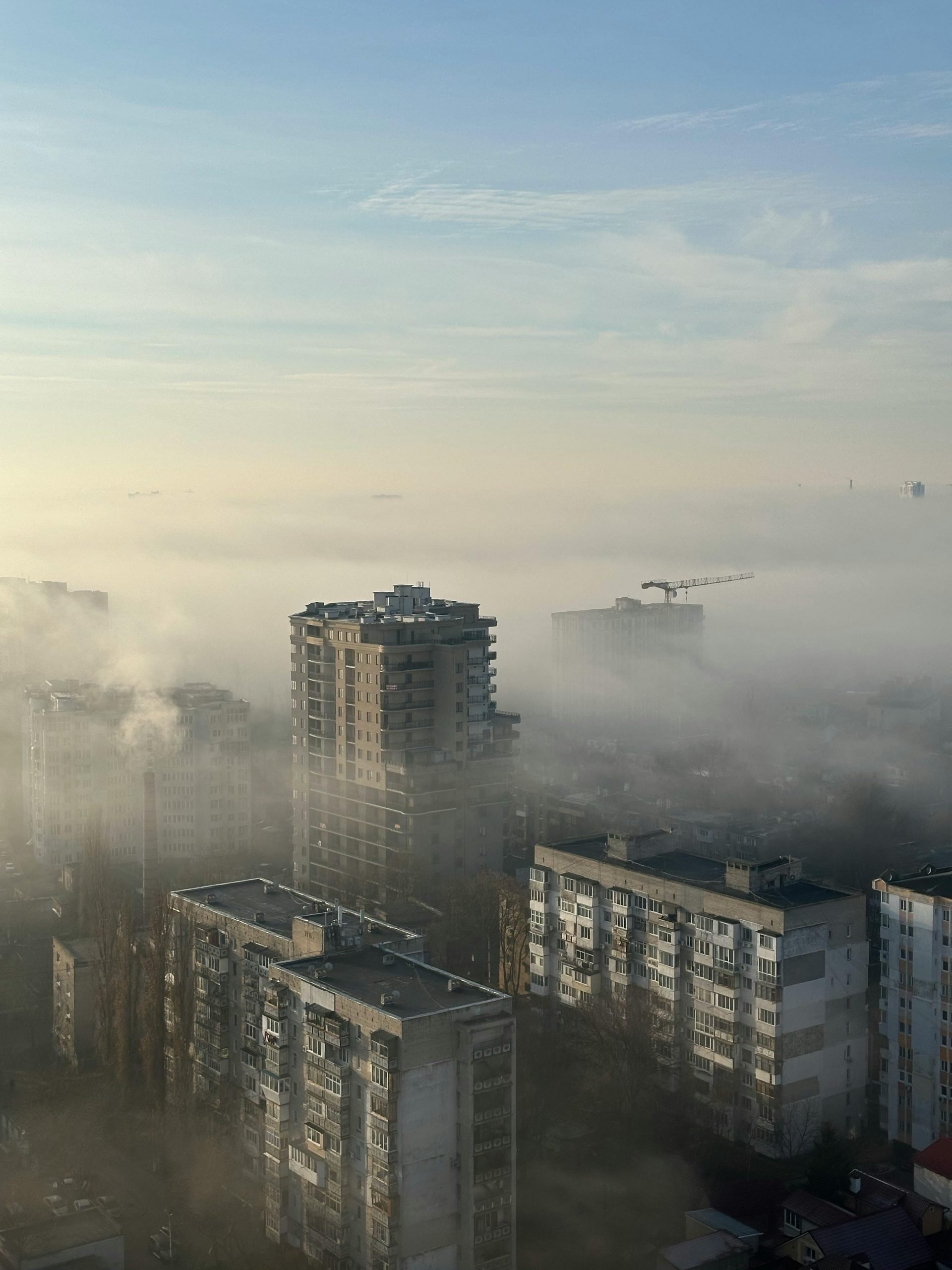A legacy of urban renewal
Mumbai’s journey into housing society redevelopment began in the early 2000s, driven by the need to replace aging, dilapidated structures with modern, safer buildings. The Maharashtra government’s introduction of regulations such as Section 33(7) of the Development Control and Promotion Regulations (DCPR) 2034 provided a legal framework for this transformation. These policies aimed to incentivize builders to invest in redevelopment projects by offering increased Floor Space Index (FSI) and Transfer of Development Rights (TDR), facilitating the construction of taller, more efficient buildings.
Over the years, redevelopment has become a significant aspect of Mumbai’s urban planning, with thousands of societies entering into agreements with developers to revitalize their properties. However, the process has been fraught with challenges, including delays, disputes, and concerns over the fairness of the deals offered to homeowners.
The numbers behind redevelopment
According to a report by Knight Frank India, as of 2025, approximately 910 housing societies in Mumbai have signed redevelopment agreements since 2020, unlocking nearly 327 acres of land. These projects are expected to add over 44,000 new homes to the city’s housing stock by 2030, with an estimated value of ₹1.3 lakh crore. The majority of these developments are concentrated in the western suburbs, particularly between Bandra and Borivali, while South Mumbai has seen comparatively fewer projects.
What homeowners are actually getting?
While developers often promise significant increases in carpet area, the reality for many homeowners has been less favorable. In some cases, societies have been offered 100% or more additional area, but these deals are often unsustainable and can lead to project delays or cancellations. Experts suggest that a more reasonable expectation is an additional 30% to 50% of the original carpet area, depending on the location and market conditions.
For instance, a housing society in Dahisar, Mumbai, embarked on redevelopment in 2013 with promises of 40% extra space and timely completion. However, the project faced numerous setbacks, including halted rent payments and a reduction in the promised additional area to just 10% by 2024, leading to significant hardships for the residents.
Dream promises vs. realistic expectations
Some developers offer substantial increases in carpet area, sometimes promising 100% or more extra space, to attract housing societies. However, these “dream promises” are often unrealistic and can result in project delays, stalled construction, or even cancellations, leaving homeowners in difficult situations.
Experts suggest that a more reasonable expectation for additional carpet area is between 30% and 50%, depending on the location and market conditions. Setting achievable targets ensures that redevelopment projects remain financially viable for developers while still benefiting residents.
A striking example is a cooperative housing society in Dahisar, Mumbai, which embarked on redevelopment in 2013 with promises of 40% extra space. Over the years, the project faced multiple setbacks, and by 2024, the promised additional area was reduced to just 10%, highlighting the significant gap between initial promises and the reality delivered to homeowners.
Legal safeguards and due diligence
To protect homeowners, the Maharashtra government has introduced new redevelopment rules in 2025. These regulations mandate that Memorandums of Understanding (MoUs) between societies and developers clearly outline terms such as rent compensation, flat sizes, project timelines, penalties for delays, and legal remedies in case of disputes.
Despite these safeguards, many societies still fall prey to unscrupulous developers. Common mistakes include inadequate due diligence, lack of financial transparency, and failure to verify the developer’s track record. Experts advise societies to thoroughly vet potential developers, ensure clear and enforceable agreements, and maintain active oversight throughout the redevelopment process.
Looking ahead
As Mumbai continues its redevelopment journey, the focus is shifting towards sustainable and equitable growth. The influx of new housing units is expected to alleviate some of the city’s housing shortages, but only if the redevelopment process is managed responsibly. Homeowners and developers alike must prioritize transparency, fairness, and long-term planning to ensure that the benefits of redevelopment are realized by all stakeholders.


